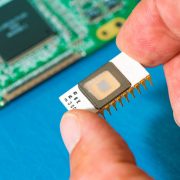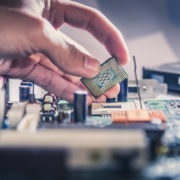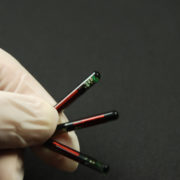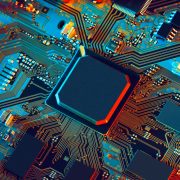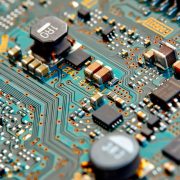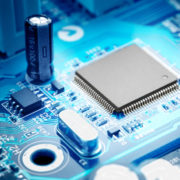System-on-a-Chip(SOC) Technology and Its Common Uses
System-on-a-Chip(SOC) is popularly used across almost all industries. But despite its widespread use, many are still not familiar with the technology.
System-on-a-chip(SOC) is a single Integrated Chip with the components of a normal computer system like Central Processing Unit (CPU), Graphical Processing Unit (GPU), and Random Access Memory (RAM). SOC is a single, complete electronic medium that may comprise of digital, analog, radio or mixed-signal frequency.
Instead of assembling multiple chips and several components in one circuit board, system-on-a-chip(SOC) carries all this in one circuit. SOCs are small with impressive performance without using too much power.
Also, these chips made it possible for the creation of devices and applications that are useful in our day-to-day activities. SOCs are now an integral part of today’s modern times. So, SOCs are used in a variety of applications:
Mobile phones and Smartphones
The use of a single and tiny chip does not only make a mobile phone or smartphone receive and make calls/messages but can also perform multiple tasks effectively. From taking photos, playing games, access the Internet through mobile data and Wi-Fi, listening to audio files, and more, System-on-a-Chip (SOC) is responsible for all these.
SOC is the brain of the smartphone’s entire system. Imagine the number of things you can do on a gadget of size like the palm of your hand. All these tasks effectively function because of a SOC.
Products and Services With System-on-a-Chip(SOC)
Manufacturers have integrated the use of SOCs in automobiles, smartphones, medical equipment, computers, and more.
So, handheld medical devices are taking advantage of SOC, the power efficiency, size, design time, and reduced medical applications cost.
The automotive industry has also integrated SOCs in their automobiles for safety and navigation like operational efficiency, detect automotive attacks and technological issues such as connectivity and geolocation.
Data Centers and System-on-a-Chip(SOC)
SOCs are also deployed in data centers to provide solutions to big facilities and corporate computers. With the use of hundreds or more core chips to store, process, and manage information, data centers can save on power consumption while saving space.
Sensors
Also, system-on-a-Chip (SOC) is useful in sensors for a multitude of electronics, devices, equipment, security devices, transportation, and more.
Some examples of these sensors are speed sensors for vehicle speedometers, radar guns, accelerometers, GPS to track location using a satellite system, camera to capture still photos and record videos, thermometer to check temperature changes, fingerprint sensor, etc.
Other Uses of System-on-a-chip(SOC) in Different Industries
- Virtual Machine
- Data Processing
- Computing
- Machines and Infrastructure
- Embedded system
- Binary
- Proximity awareness
- Augmented Reality (AR)
- Construction
- Entertainment
- Manufacturing
- Music
- Fashion
- Software and Technology Industry
- Travel Industry
With today’s System-on-a-Chip (SOC), businesses and infrastructures no longer worry about high power consumption, overheating, or the need to have bigger space to store their equipment or computer systems.
As technology progress, SOC designers and manufacturers are also taking steps to advance the technology further to improve products, services, and experience.
Check out some of our applications using SOC by clicking here!
Linear MicroSystems, Inc. is proud to offer its services worldwide as well as the surrounding areas and cities around our Headquarters in Irvine, CA: Mission Viejo, Laguna Niguel, Huntington Beach, Santa Ana, Fountain Valley, Anaheim, Orange County, Fullerton, and Los Angeles.


